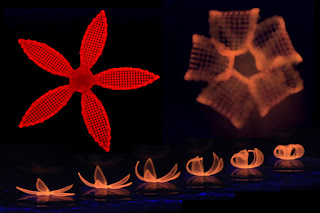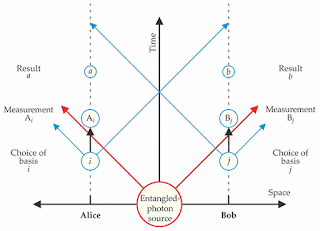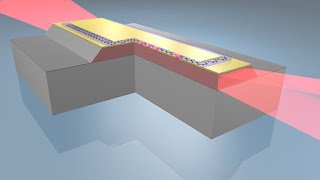Topics: Diversity, Diversity in Science, HBCU, Women in Science
I have in recent postings, avoided saying specific things about African American/Black History Month, Women's History Month; Hispanic Heritage Month not because I don't appreciate or celebrate them. It's partly due to sheer exhaustion: double posting (as I've done in the past) is kind of taxing. Most of what you see I decide on days or hours before it appears. Also, the workload in my (now) day job has increased exponentially.
I participate in a Facebook group called Quantum Physics. I post things thus related to Quantum Physics when it applies, and an administrator decides to post when s/he deems it fits their posting criteria.
I was quite surprised to have this exchange:
I immediately thought he meant the Copenhagen Interpretation by Niels Bohr and Werner Heisenberg (mentioned when I learned Quantum Mechanics from Dr. Tom Sandin at North Carolina A&T State University); I also thought of the famous Bohr-Einstein debates at the dawn of Quantum Mechanics that eventually led to the Copenhagen Interpretation.
However, I was taken aback by the statement: "There is no need for a rebuttal, it is just questioning why such an effort is made to disprove some minority who don't understand quantum mechanics."
Now, if the minority he's referring to is a numerical naivete with respect to the larger physics community, I'll give him a pass on his grammar; if he was referring to ME, "doesn't" sounds much better. The fact he stopped replying/trolling was revealing. Note that in my responses, I didn't really insult him. Recall that my post had to be approved, so his problems are essentially with the Facebook administrator, Physics Today and the researchers that published their findings.
I call this "Cam Musings," as my home state's team, the Carolina Panthers is in Super Bowl 50. I'm cheering not because Cam Newton and I are both African American, it's because I'd like to see the Panthers "bring the trophy home."
I have also read the vitriol and racism of others that feel he's not behaving with "dignity" when he celebrates a touchdown or a win. The obvious comparison is to Denver Broncos quarterback Peyton Manning - reserved for sure, but a convenient dodge to what the real issue is for some. I'm old enough to remember when there was a common notion African Americans were not "smart enough" to play as a quarterback until Doug Williams broke through that barrier.
Another hero of mine, Dr. Ronald E. McNair - also of NC A&T, died in the Challenger Disaster 30 years ago on 28 January 1986. He had to re-accomplish his research at MIT over three weeks of no sleep as someone sabotaged it. I know this because I spoke with him sadly, the month before his fatal mission.
If Dr. McNair had, Cam Newton or I spent too much time coddling the fantasies of racist trolls, we would not get much work done. I will cheer for Cam and the Panthers because I want my home team to win for no other reasons than being from North Carolina and having the best record in the league. For my appallingly xenophobic foil, I leave this quote from Nobel Laureate Richard Feynman (who investigated, and found faulty O-rings the cause of Challenger's loss) for him to meditate on:
"The difficulty really is psychological and exists in the perpetual torment that results from your saying to yourself, "But how can it be like that?" which is a reflection of uncontrolled but utterly vain desire to see it in terms of something familiar. I will not describe it in terms of an analogy with something familiar; I will simply describe it. There was a time when the newspapers said that only twelve men understood the theory of relativity. I do not believe there ever was such a time. There might have been a time when only one man did, because he was the only guy who caught on, before he wrote his paper. But after people read the paper a lot of people understood the theory of relativity in some way or other, certainly more than twelve. On the other hand, I think I can safely say that nobody understands quantum mechanics. So do not take the lecture too seriously, feeling that you really have to understand in terms of some model what I am going to describe, but just relax and enjoy it. I am going to tell you what nature behaves like. If you will simply admit that maybe she does behave like this, you will find her a delightful, entrancing thing. Do not keep saying to yourself, if you can possible avoid it, "But how can it be like that?" because you will get 'down the drain', into a blind alley from which nobody has escaped. Nobody knows how it can be like that."











